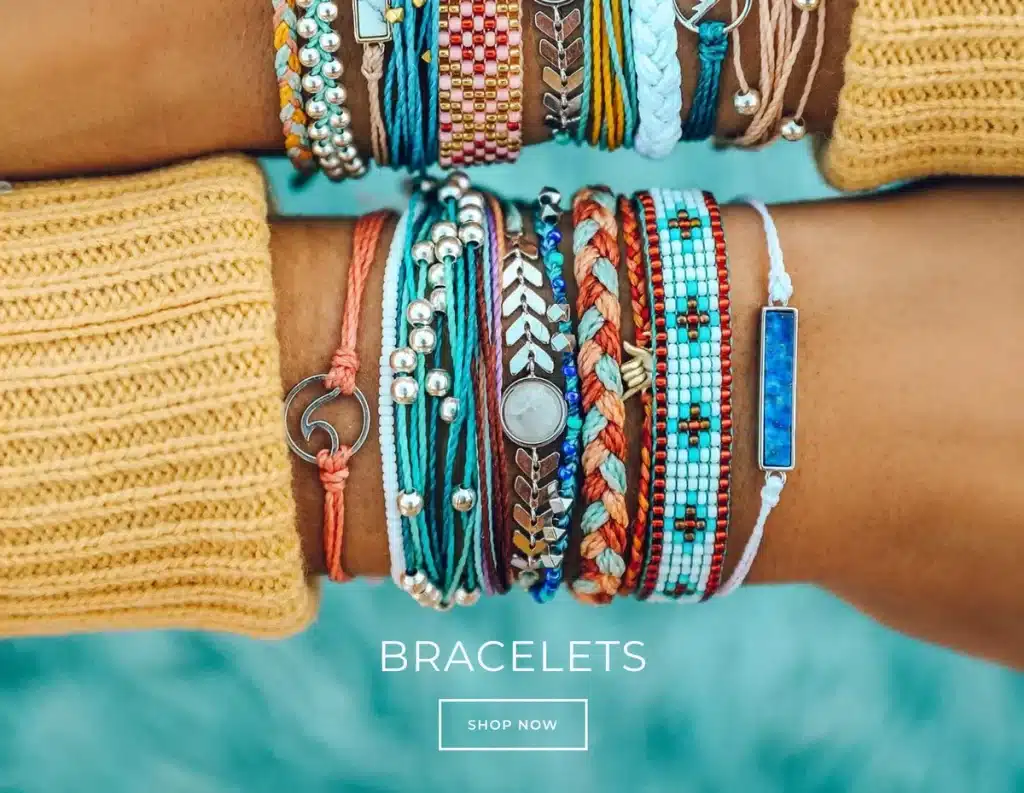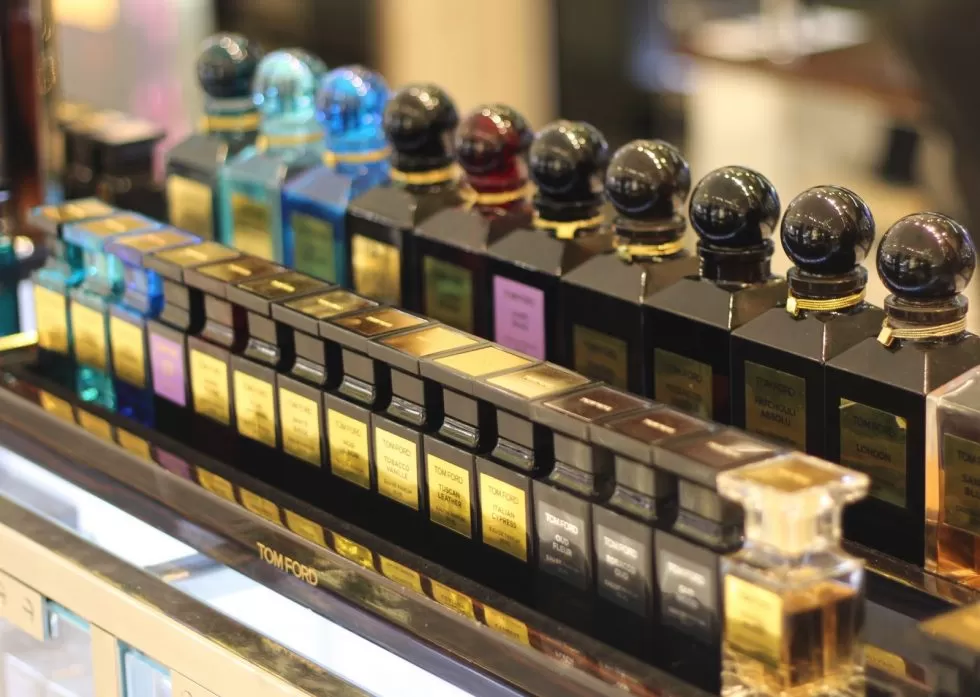Brand ambassador programs are one of the most effective ways to market your business. They combine the virality of word of mouth with the power of authority figures and influencers. But first, let’s start by defining the strategy behind a brand ambassador program.
A brand ambassador program formalizes the relationship between your brand and the people who love your products or services. More specifically, it invites the best people to represent and promote your brand to the public.
The program requirements are different for every relationship (we dive into the details below). But the main purpose of a brand ambassador program is to enlist your biggest advocates and achieve the maximum marketing results.
What is a brand ambassador program?
A brand ambassador program helps standardise the way your company works with individual ambassadors. It’s usually based on a specific goal, such as increasing sales, driving conversions, or building brand awareness. To accomplish this goal, an ambassador will actively promote your brand to their social networks. This can be online (social media accounts, blog posts) or offline (events, trade shows). Usually, it’s a blend of both.
Traditional brand ambassador programs are invite-only, especially for smaller companies with a niche audience. Bigger brands, however, have started using informal programs (more on the types of ambassador programs below) or holding contests to find their next brand ambassador.
While brand ambassador programs don’t have a standard duration, these relationships are generally more long-term. For this reason, it’s important to equip your brand ambassadors with insider information – new product details, the latest marketing campaign, and up-to-date messaging. This excites them and gives them more reasons to share your brand with their audience.

How to create a brand ambassador program in 5 steps
Starting a brand ambassador program may seem daunting, but it doesn’t have to be. If you have happy customers cheering for you, you’re already off to a good start. Here are five key steps to create a brand ambassador program:
1. Set the goals of your brand ambassador program
Before you start reaching out to potential brand ambassadors, it’s important to create clearly defined goals for your program. This helps set your expectations and requirements for each brand ambassador.
While goals differ for every business, knowing what you hope to achieve makes it easier to gauge whether or not your brand ambassador program is successful. Here are a few common goals to draw from:
- Increase brand awareness
- Generate sales
- Drive conversions
- Expand to new audiences
- Build a social media following
- Foster customer loyalty

2. Establish criteria and guidelines for your brand ambassador
Now, it’s time to define your ideal brand ambassador. Aside from showing a passion for your brand, brand ambassadors can be almost anyone – loyal customers, employees, industry experts, etc.
Most brand ambassadors fit at least one of these categories:
- The enthusiast: People who are very enthusiastic about your brand make excellent ambassadors. Not only do these fans already love your products and services, but their passion comes through their promotion. Enthusiasts are effective at getting people excited about your brand, especially during events and experiential marketing efforts.
- The expert or niche authority: The expertise of these brand ambassadors increases the odds of someone trusting their recommendations. For example, an athlete would make a great ambassador for a running shoe company, or a dermatologist could help promote a new skincare line. Brand ambassador authorities are perfect if you’re in a medical, technology, or other highly specialized field.
- The peer: Peers are brand ambassadors who can easily reach your target audience. Not only are they more approachable and friendly, but a majority 92 % of consumers trust peer recommendations more than any other source. For example, if your brand is geared toward college students, it might help to recruit brand ambassadors on campus. If your company makes plant-based food products, it makes sense to team up with nutritionists or vegan chefs (or even foodies who are impressed by how much your products taste like actual meat).
- The celebrity: You’ve probably heard of them before. Celebrity brand ambassadors are famous, recognizable people (at least in their niche) with a large following and the ability to influence trends. Just one mention from a celebrity brand ambassador can get you in front of a massive audience. However, a lot of celebrity content can be seen as superficial, so be careful when enlisting these types of brand ambassadors to do heavy promotion.
Adding structure to your brand ambassador program shows potential ambassadors you value their work and want to build a beneficial long-term relationship. Depending on the type of brand ambassador you choose, you may want to establish criteria and guidelines for how they will promote your brand. Here are some points to get you started:
3. Identify and reach out to potential brand ambassadors
The best brand ambassadors are carefully handpicked, which makes this step a little different compared to, say, a referral program or affiliate program.
A good start to identifying your ideal brand ambassadors is to look at where your target market spends its time. What platforms are they on? Who do they listen to? Do these individuals meet your brand ambassador requirements?
There are many ways to find a good brand ambassador. Here are six of the best ones:
Social media searches
This is relatively simple but time-consuming. If you already know of people who have posted about your brand, they are a good place to start.
If not, search through your top social media platforms for any posts that have tagged you or include your brand hashtag. This requires some discernment – not everyone who uses your hashtag is a good fit to be a brand ambassador.
Software programs
Fortunately, there are amazing software programs to help you find your perfect brand ambassador. Instead of spending hours manually tracking mentions of your brand, a simple tool can do all the hard work for you.
Brand mention tools reveal who is talking about you, allowing you to filter through any mentions of your brand or products on select platforms. Once you’ve found some potential ambassadors, a full-fledged brand ambassador software or alternative ambassador program can also help you reach out to them and manage your entire program.
Customer data
Another way to identify brand ambassador candidates is to look at your customer data. Who are your most loyal customers? Who buys from you most often? Loyalty is a strong sign someone might be a strong brand ambassador.
A good idea is to check your customer data first, and then search social media for any brand mentions from the loyal customers you’ve identified. After all, a brand ambassador needs to be an active promoter, as well as a loyal customer.
Influencer marketing platforms
Thanks to the rise of brand ambassadors and influencers, there is a corresponding crop of influencer marketing platforms. While these platforms are built for influencer marketing, they can also be used to find the best brand ambassadors.
Influencer marketing platforms do a lot of the legwork for you. They pool together a pre-vetted database and in-depth data, analyzing metrics like follower size, engagement rates, audience reach and interests, and more. Simply set filters according to your preferences and the platform will reveal your top matches.
Formal application forms
You can also employ traditional methods to promote your brand ambassador program A common example is publishing a brand ambassador application form and letting potential ambassadors come to you. You can add the form (or a link to the form) in targeted emails, post-sales messaging, and other pages customers visit on your website.
In the application form, ask why the customer bought your product and reasons why they love your brand. Also, ask if they’d be willing to consistently share your products with their network. The submitted answers help you determine the customer’s viability as a brand ambassador, and give you an idea of the voice of their content.
(Tip: You can also send out an NPS survey that asks similar questions.)
The benefit of an application form is that only interested parties will fill it out. Add a web application toward the end of your selection process, helping you narrow down the list of your best candidates.

4. Reward and recognise your brand ambassadors
You’ve signed on the first ambassadors for your brand ambassador program – congratulations!
Keep them motivated and committed to promoting your brand with the right rewards. While some ambassadors are fine promoting your brand for free, rewards are a nice way to show how much you value the ambassador’s effort.
Rewards don’t have to be expensive or even monetary. According to Maria Cuasay, who helped create referral programs for Lyft and Opencare, the “importance of incentive is really to catch someone’s attention.” While cash attracts attention, other incentives like store credit, gift cards, freebies, and other items of value can work just as well.
Think about what motivates your potential brand ambassadors, and offer these as a token of thanks for their support. Make sure you inform ambassadors when they will receive their rewards – after each post, every month, every quarter, etc.
In addition to rewards, recognizing a brand ambassador’s achievements is an important part of making them feel valued and part of your team. Here are a few ways to show your appreciation:
- A personal thank you note
- A special feature on your website
- An “ambassador of the month” series promoted on your social media and blog
- A shoutout on Instagram Stories
You can also ask them about their experience with your brand and share what makes them a stand-out ambassador. This is a great way to personalize your ambassador shoutouts and highlight your brand ambassador program in the process.
Once you decide on how ambassadors will be rewarded, clearly state what needs to be accomplished to earn these rewards. You can also use a speciality software tool to automatically send out rewards for you.
5. Track the progress of your brand ambassador program
With your brand ambassador program up and running, you’ll find there are a lot of things to keep track of. Every brand ambassador, each time they promote your brand, and all the engagement and feedback that comes from each promotion.
Don’t let all this data go untracked. Once you (and your ambassadors) agree on what will be tracked throughout your brand ambassador program, it’s best to use a software analytics tool to bring all this data together. Here are some important metrics to track:
- Frequency of posts (blog posts and social media posts)
- Impressions and engagements
- Reposts and shares
- Brand reach and inbound traffic
- Issued rewards
In addition to these, a brand ambassador tool can also be used to communicate with your ambassadors, manage key elements of your program, and even search for new brand ambassadors.
Brand ambassador program example
Now that you know the basics of building a brand ambassador program, let’s review a notable ones run by today’s popular brands:

Red Bull’s Student Marketeer is the perfect example of a college brand ambassador program. The company has “4,000 student marketers around the globe generating awareness and excitement for the product and brand.”
Red Bull presents its brand ambassador program as a professional career. Depending on their skillset, ambassadors are assigned to mobilize campus campaigns or even an entire region. Student marketers are in direct contact with customers, support the company’s sales teams, work with renowned athletes, and are invited to product trials.
In conclusion: Starting a brand ambassador program
Brand ambassadors are experts at sharing word of mouth and building trust with an audience. Plus, they’re already passionate about seeing your brand succeed. Why not take the relationship to the next level and invite them to your brand ambassador program?





